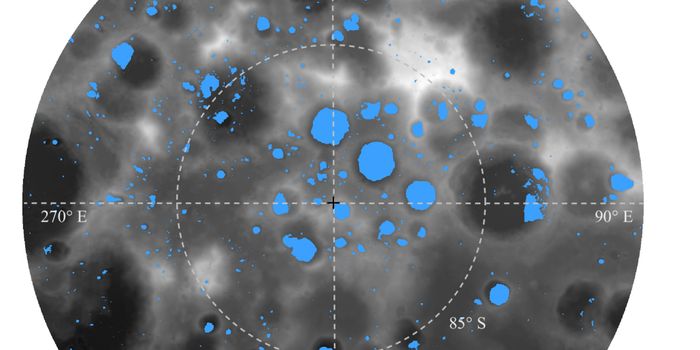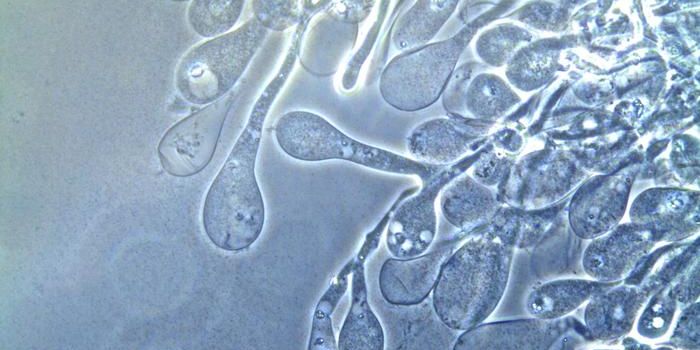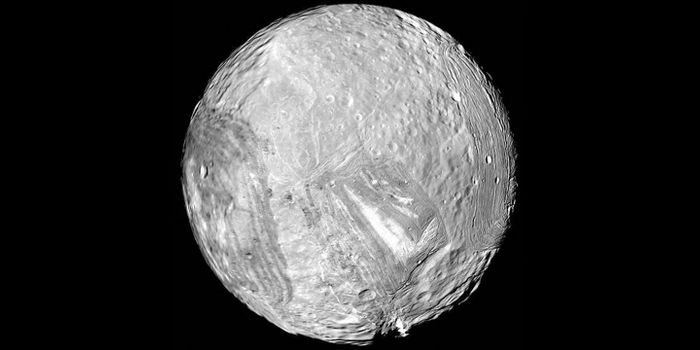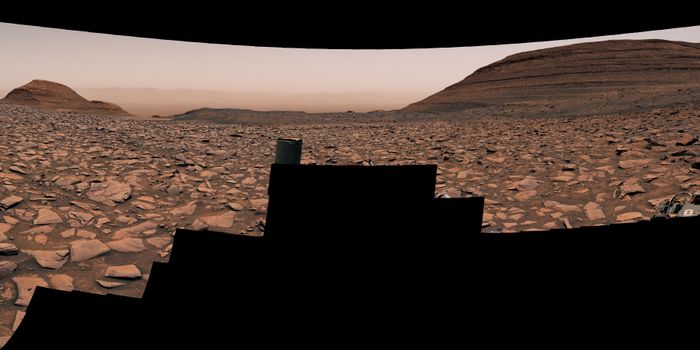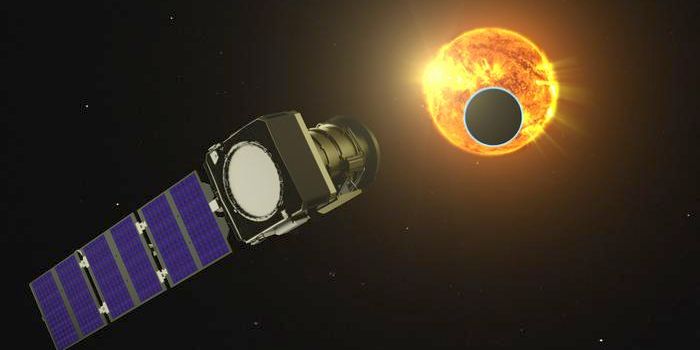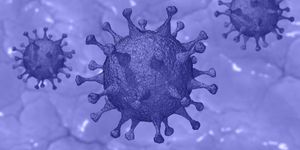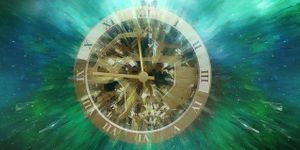Astronomers Merge AI and Photonics to Find New Earths
Researchers from the University of Sydney have developed a new type of sensor capable of measuring and correcting starlight distortion caused by the Earth's atmosphere. They say that the sensor will make it easier to study distant planets for signs of life.
Until now, the main way to identify planets around distant stars has been to measure regular dips in starlight as they blocked them out during orbit. Given light distortion from the Earth's atmosphere, however, being able to accurately differentiate a light dip from a planet from a star's 'twinkle' has been a challenge.
To solve this issue, the new sensor, known as a 'photonic wavefront sensor' helps parse through the light signals to better identify when a flicker of light is a 'twinkle' and when it is another planet.
It works by linking an advanced light converter, called a photonic lantern, to a neural network inference process. As such, it is sensitive to distortions invisible to other wavefront sensors. Placed next to the optical instrument in a telescope where an image is formed, it allows the telescope's adaptive optics systems to correct any light distortions thousands of times per second.
"This is no doubt a very innovative approach and very different to all existing methods." says Professor Olivier Guyon from the University of Arizona, one of the world's leading experts in adaptive optics. "It could potentially resolve several major limitations of the current technology. We are currently working in collaboration with the University of Sydney team towards testing this concept at Subaru in conjunction with SCExAO, which is one of the most advanced adaptive optics systems in the world."
The researchers behind the new sensor hope that their invention will 'launch a renaissance in exoplanet observation from the ground'. They also say that their technology may be applied to other fields too. These fields include optical communication, remote-sensing, in-vivo imaging, and other areas involving the 'reception and transmission of accurate wavefronts through a turbulent or turbid medium, such as water, blood or air'.
Sources: Phys.org, Nature Communications


